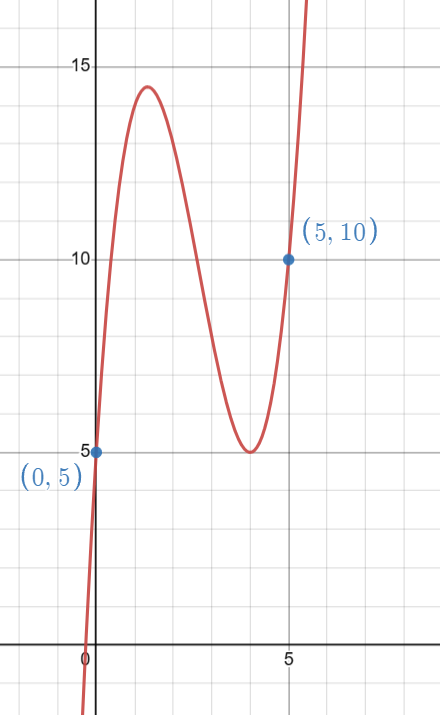3. Over what interval(s) of time is velocity negative? What does this mean in this scenario? 4. Over what interval(s) of time is velocity positive? What does this mean in this... scenario?
please write ✍️ clean and readable
Hello! I need your help ASAP. Please look at my calculus questions about velocity and average. I had attached the questions below. (Note please answer ALL questions 1-8)
* in the pictures below it doesn't show number 8. So I will type that question here ?
Question 8). From 3 hrs to 4 hrs , what is the sign of the velocity and sign of acceleration? What is the happening in that time interval.
Thank you

![**The Situation:** We will begin time at the moment you leave your classroom on campus. The classroom is 5 miles from your home. You are tired since you just finished taking your calculus test and you pedal your bicycle in the opposite direction from home for a while. Later you turn around and head toward home again, but since you are dehydrated, you end up turning around again a short time later. After 5 hours you stop.
Let \( s(t) \) be your distance (in miles) from home at time \( t \) (hours).
\[ s(t) = t^3 - 8t^2 + 16t + 5 \]
This position function is graphed next and linked in Desmos for your convenience.
**Graph Explanation:**
- The graph displays the function \( s(t) = t^3 - 8t^2 + 16t + 5 \), showing the distance from home over time (hours) on a coordinate plane.
- The x-axis represents time \( t \) in hours, ranging from 0 to 5 hours.
- The y-axis represents distance from home in miles.
- The curve illustrates the changes in distance over time as you bicycle back and forth.
**Task:**
1. Find and interpret \( s(0) \) and \( s(5) \). Be sure to use measurement units. Label these points on the graph.](/v2/_next/image?url=https%3A%2F%2Fcontent.bartleby.com%2Fqna-images%2Fquestion%2Ff5c5b462-e5a2-4c1c-9c45-1707b5796920%2Ff891a54b-bfca-4577-8188-c16f2581d42b%2Fj8qsg6_processed.jpeg&w=3840&q=75)
“Since you have posted a question with multiple sub parts, we will provide the solution only to the first three sub parts as per our Q&A guidelines. Please repost the remaining sub parts separately.”
Plotting the points in the graph:
The points are (0, 5) and (5, 10).

Trending now
This is a popular solution!
Step by step
Solved in 3 steps with 4 images









